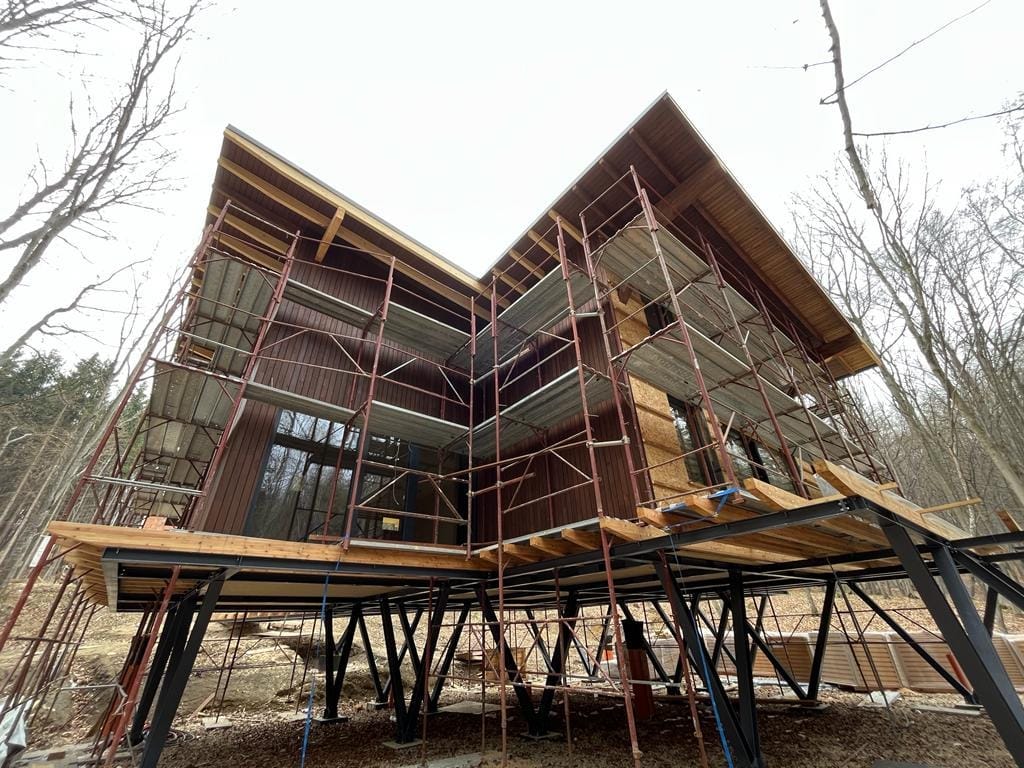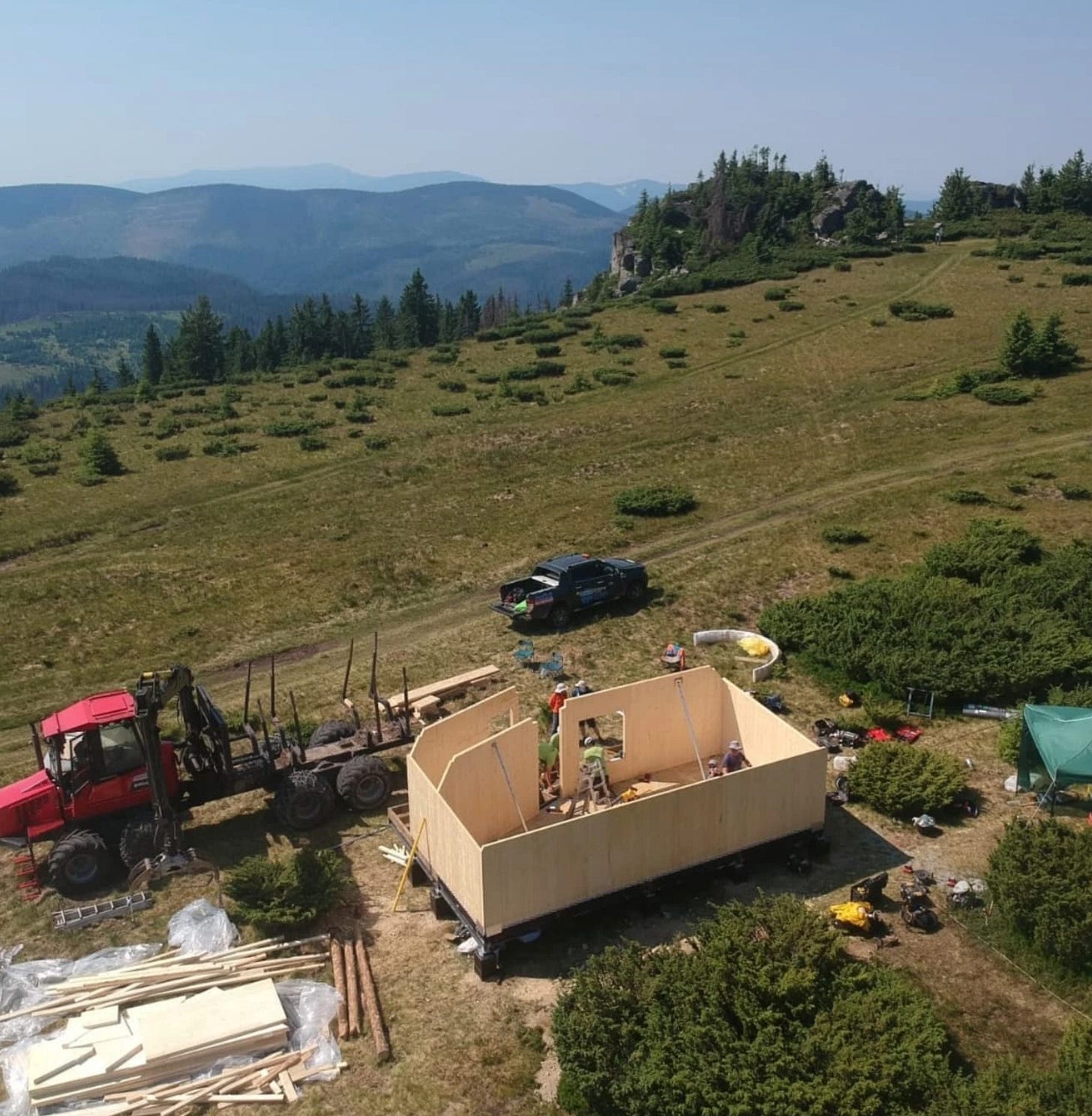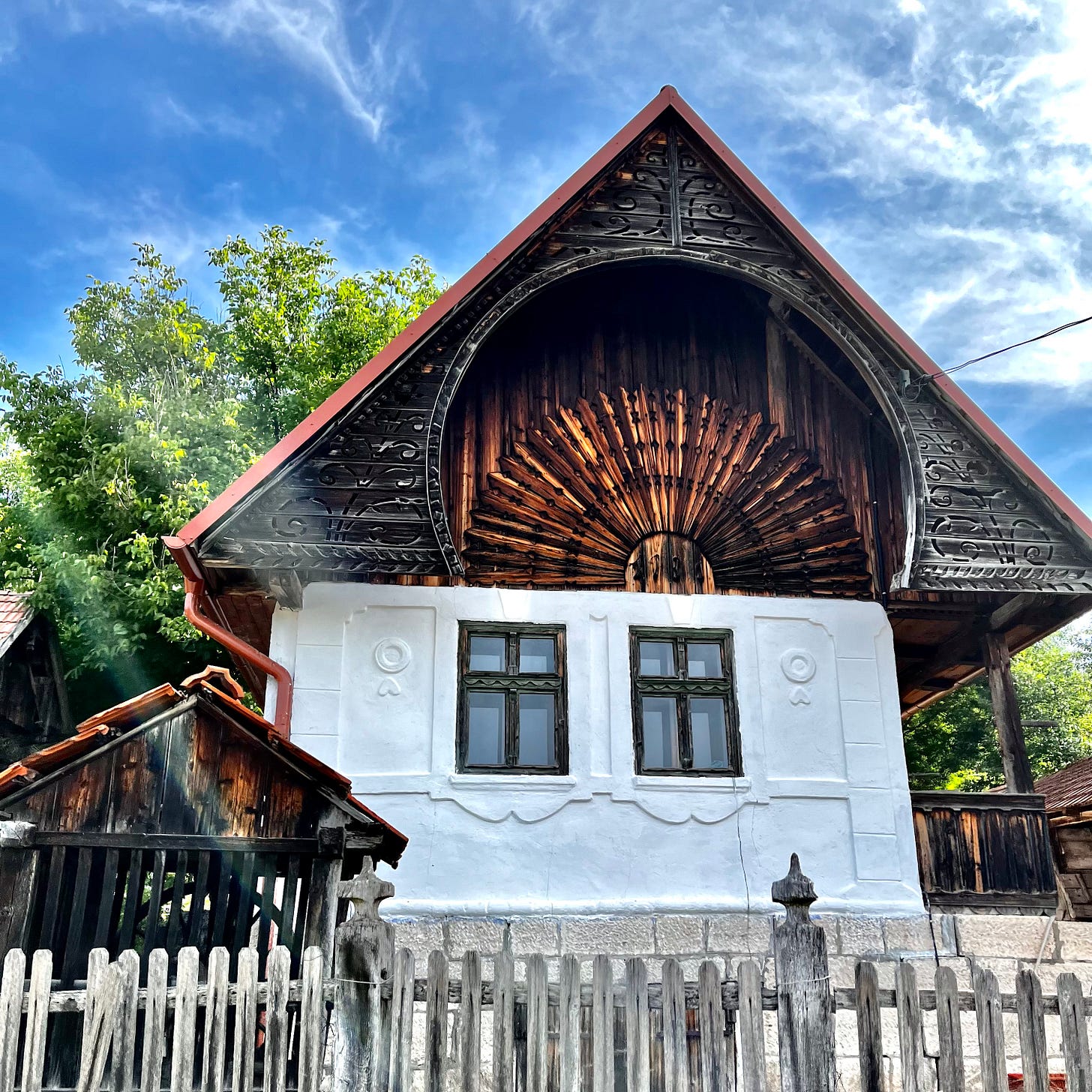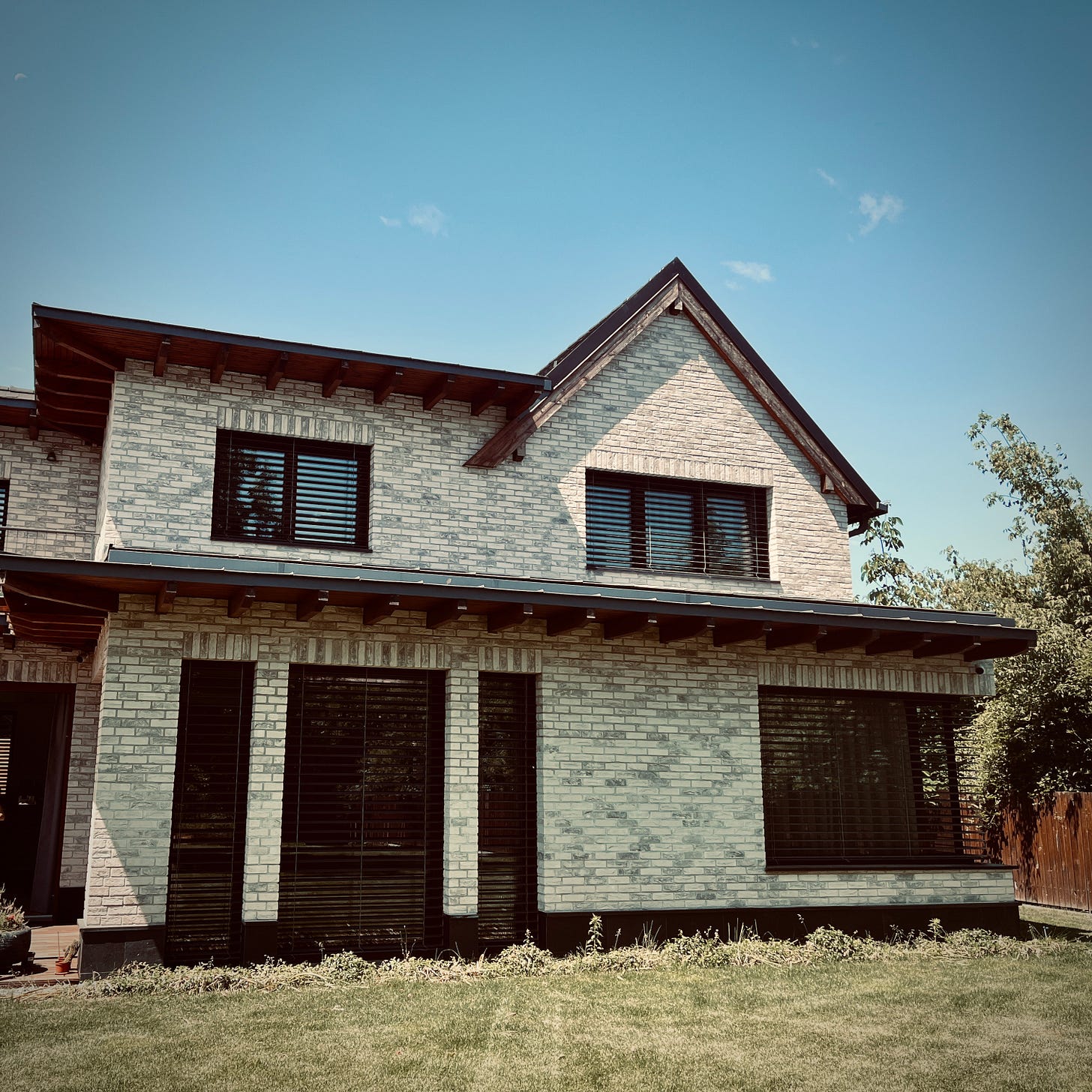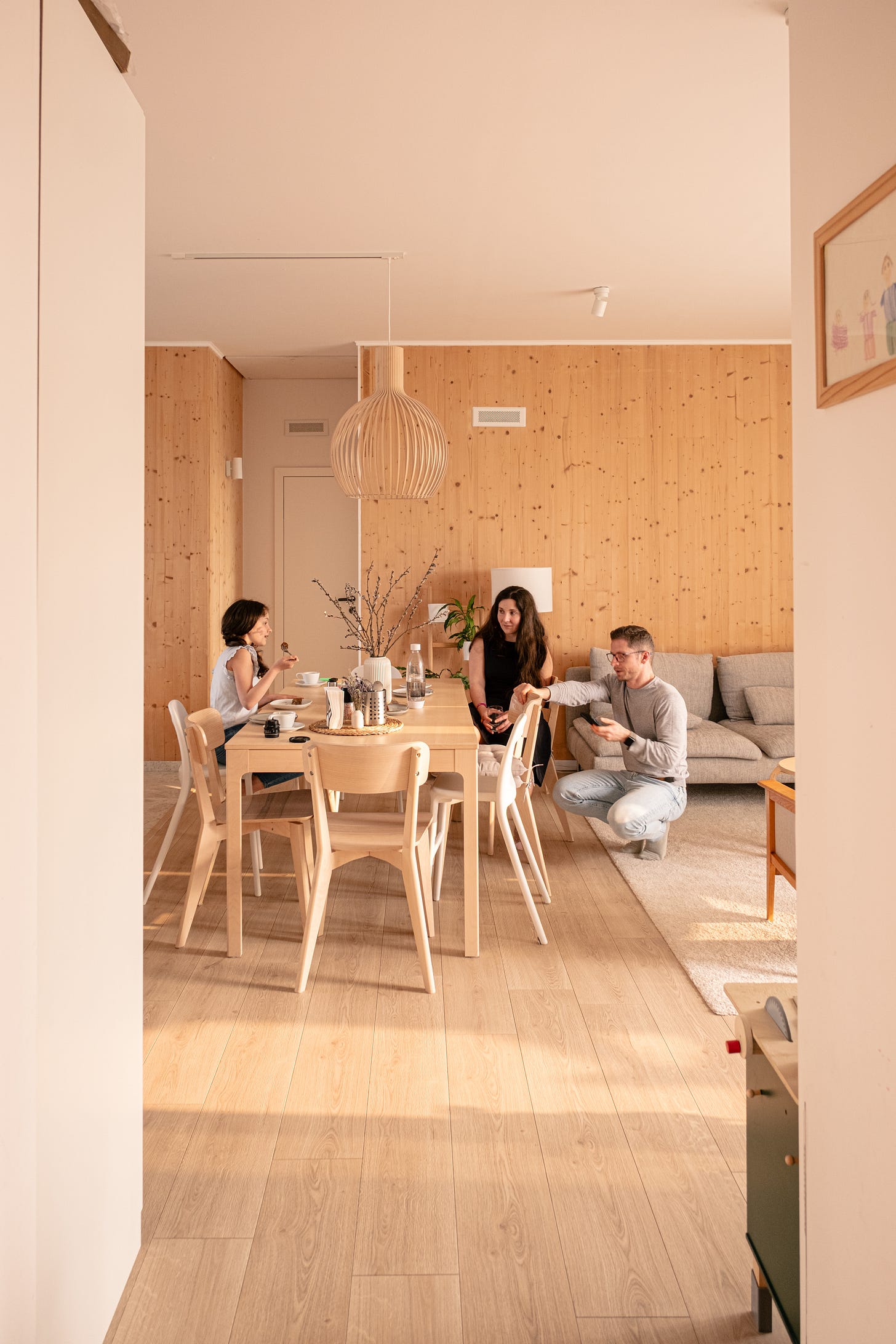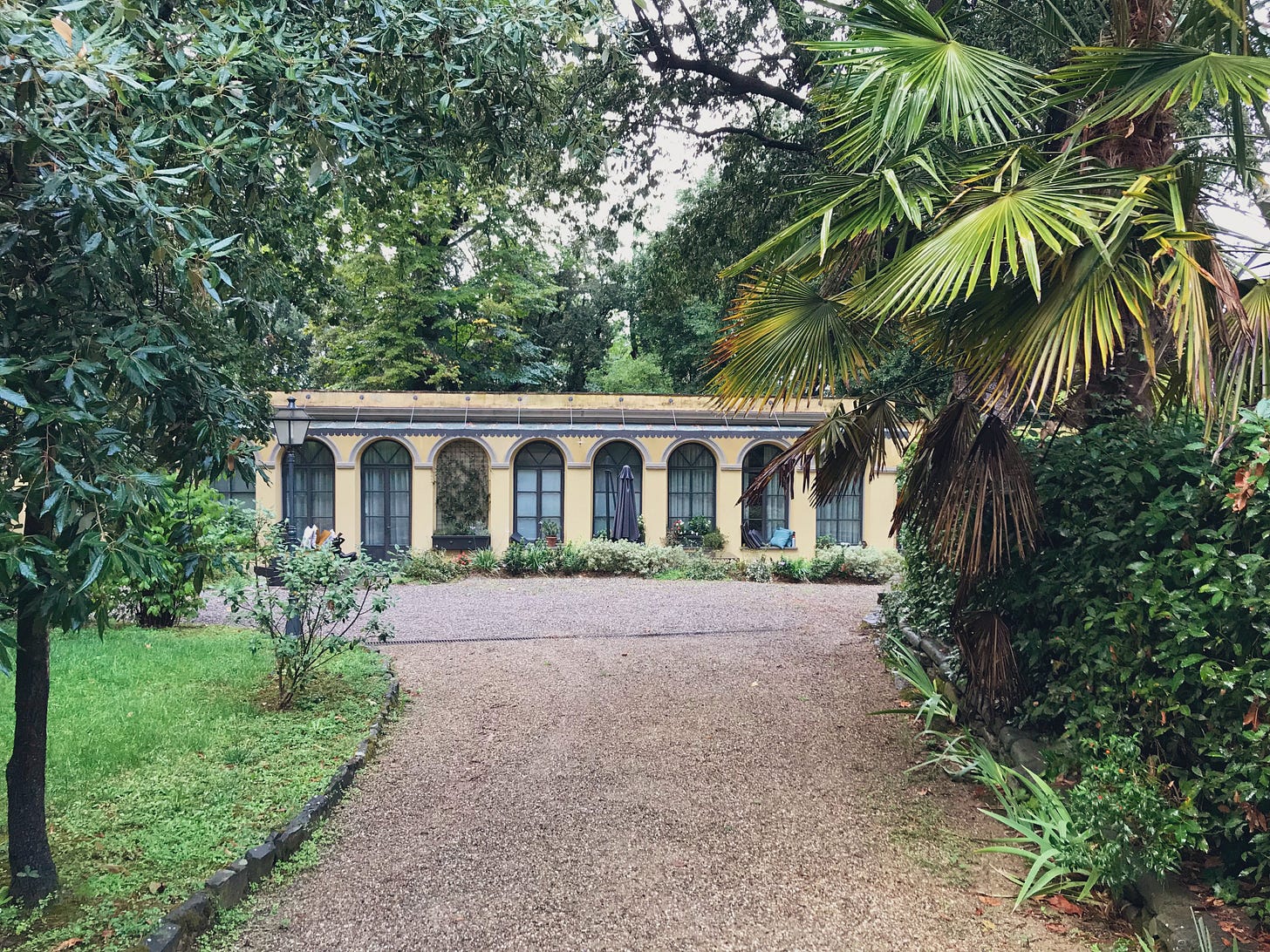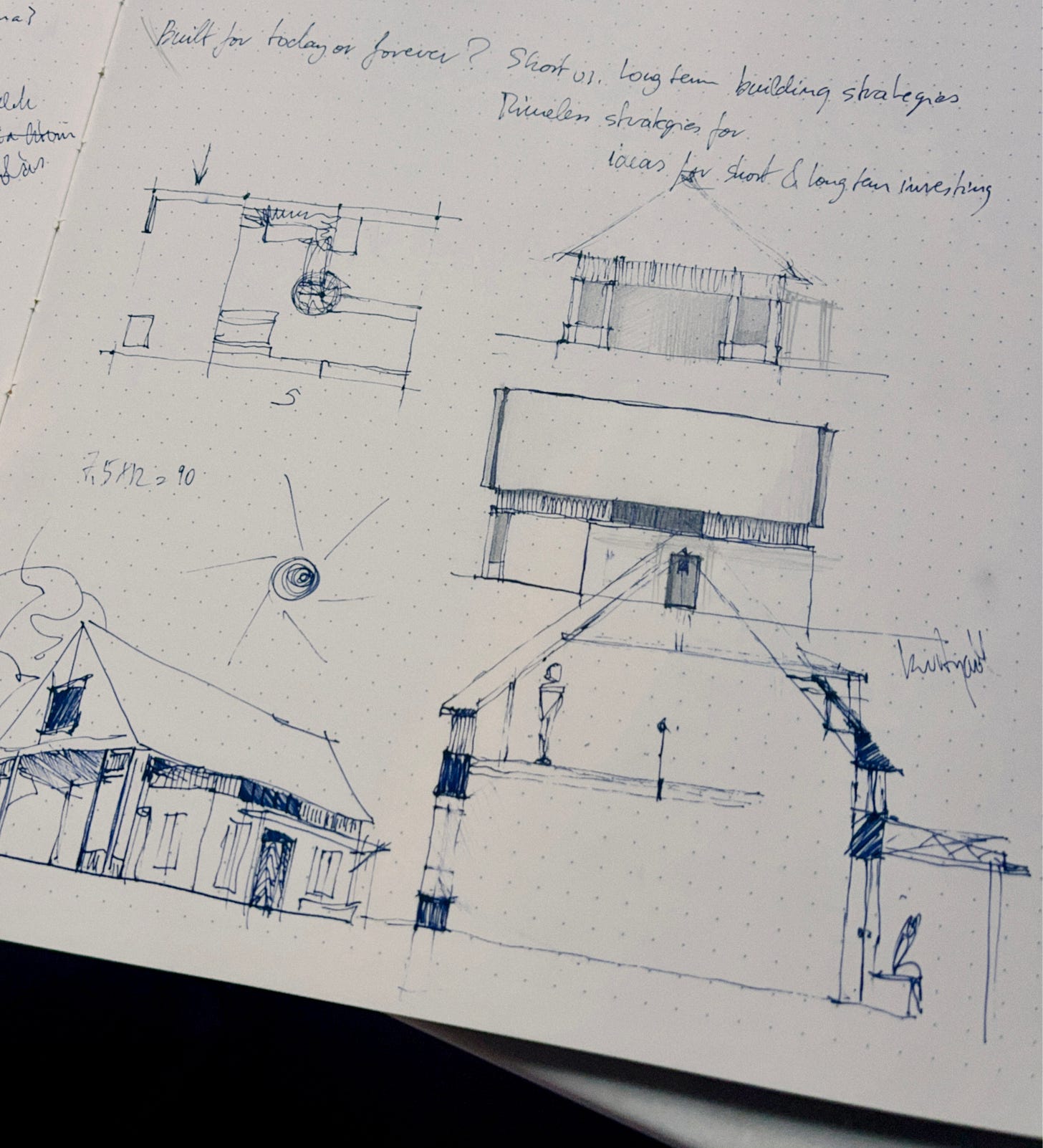You build for today or forever? Practical architectural advice.
Have you ever looked at a house or a design wondering if it is a forever home or just a temporary stopover?
As I wrote in my last essay:
There are two ways to commit to building anything:
A long time commitment to place.
A temporary commitment to shelter.
I want to expand this, as part of my design philosophy, how I help owners make key decisions on building or not building.
Objectifying the buildings themselves is the obstacle here. We think too much about the house as the physical shelter, the crystallized form, the status sculpture and not about how it helps us achieve our goals.
Here are some practical advice for those who are on the fence of designing/building to decide what to do.
Advice for short term builds (less than 15 years*)
*I draw the line at 15 years because that is a rough generation-span in anyones life where fundamental changes occur in individual/family life.
Create multifunctional spaces. Whether it is a simple home or an office/workshop, add value by creating spaces that can have multiple uses. Office-guest room-gym combo. A covered patio for boots, bikes and Cuban puffs. An outdoor kitchen under a roof.
If you are thinking on a shorter timeframe, build the smallest form you can. Pouring a lot of money and energy into something NOT built for forever is not worth it. Hallways with floor-to-ceiling cupboards instead of storage room, for example.
Resist equity maximization. It is only good for the market and the GDP, not for your (financial and) mental health.
Try to build things step-by-step. A responsible way to think short term is minimizing things you don’t need today. Let needs emerge, don’t try to account for every possibility at once.
In most places you can build small buildings without a full concrete foundation. Options are metal screws, concrete piles, helical piles, stone foundations for a less financially invasive and time consuming footing.
It fits here: for short term build, find a flat land, without slope, without soil problems to simplify the bag of construction problems.
Certain new timber frames can be designed for disassembly (my friends are doing mountain refuges), where 95% of the materials are salvagable and the whole construction can be rebuilt elsewhere.
Building fast has short-term advantages over durability, especially if certain elements are easily replaceable.
I do not add modular or tiny house companies because those are readymade solutions that come with sometimes too much constraints, a steep price premium for what they actually offer and lack many features I described above.
Building for short term does not mean we may build anything thats ugly or an eyesore. Take this peasant’s house with a pheasant’s tail decoration for example! Build it beautifully and it well may be kept for a century!
However if you are committing for the long haul, the focus shifts to legacy, adaptability and health.
Building for long term (more than 15 years, preferably forever)
The highest aim, at least for me both personally and professionally, in building is to create the place for a fulfilling family life (or workspace).
Deciding on the location is the hardest decision long term. It has to fit dozens of parameters, proximity, safety, plot size and the elusive spirit of place that has to click with you.
Moreover you want to participate in/create a great community around you, so a new build has to serve that function long term.
My personal opinion is that suburbs are in danger because an aging population will favor walkability and proximity without a constant dependency on cars.
Building with durable materials, esp. finishes, robust solutions offers peace of mind for decades. You have prepare to invest a lot to have no maintenance headaches, but it is possible and it’s worth it long term.
The return is not the equity you bury and expect to extract after 30 years but the investment in the place, community and all the healthy features and energy-efficiency.
The fruits from these you can reap every day, for the lifetime of the building.
Constant fresh air, natural, non-toxic materials and passive technologies (both high and low tech) to get freedom of energy have the most valuable long-term return that are actually very hard to quantify.
You have the time to slowly build everything out, to build things step-by-step, letting functions evolve. ;)
You have the time to nurture and grow a building just as you would a garden. Or a home together with a garden.
Do we actually know where the building ends and where the street/garden starts? :)
Creating multifunctionality through a flexible structure pays off long term. For example you can start off with a larger children’s bedroom that can be split up later. A downstairs office can become a main bedroom later. A large open space can be split up in various ways. An orangerie can become a guest suite. Mass timber, post and beam, classic timber frame structure helps in this.
Organizing functions and creating a structure that is expandable over time can help a lot. A larger house can be split up into smaller apartments or studios later. A 2 floor building can be designed so it supports a 3rd or even 4th floor later.
Many cities were rebuilt completely over the centuries but many buildings and neighborhoods thrived for the same centuries because buildings were more future-proof.
If anything, we have the technologies and tools to do the same today, we just refuse to comit.
So what will you build tomorrow?


